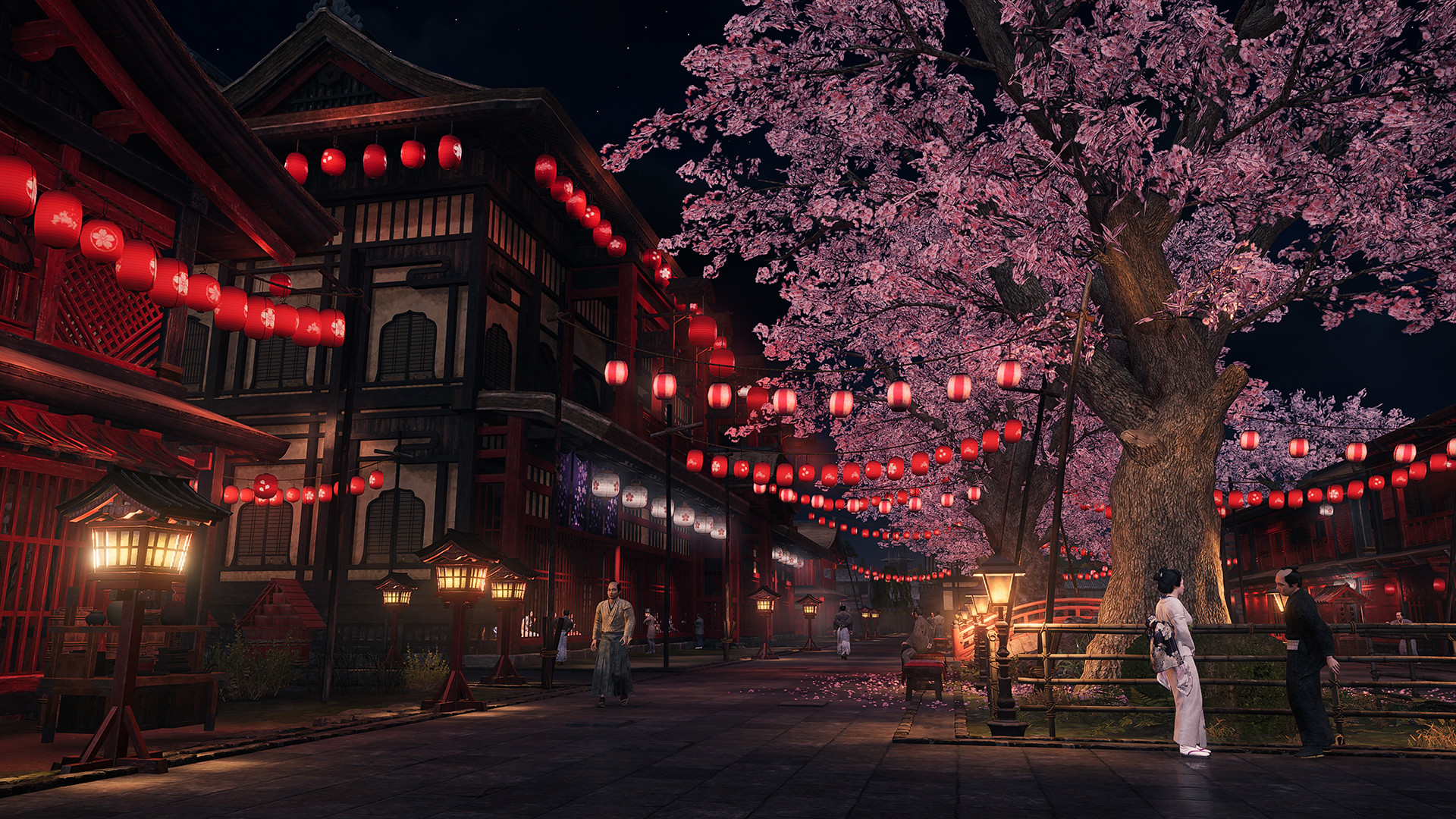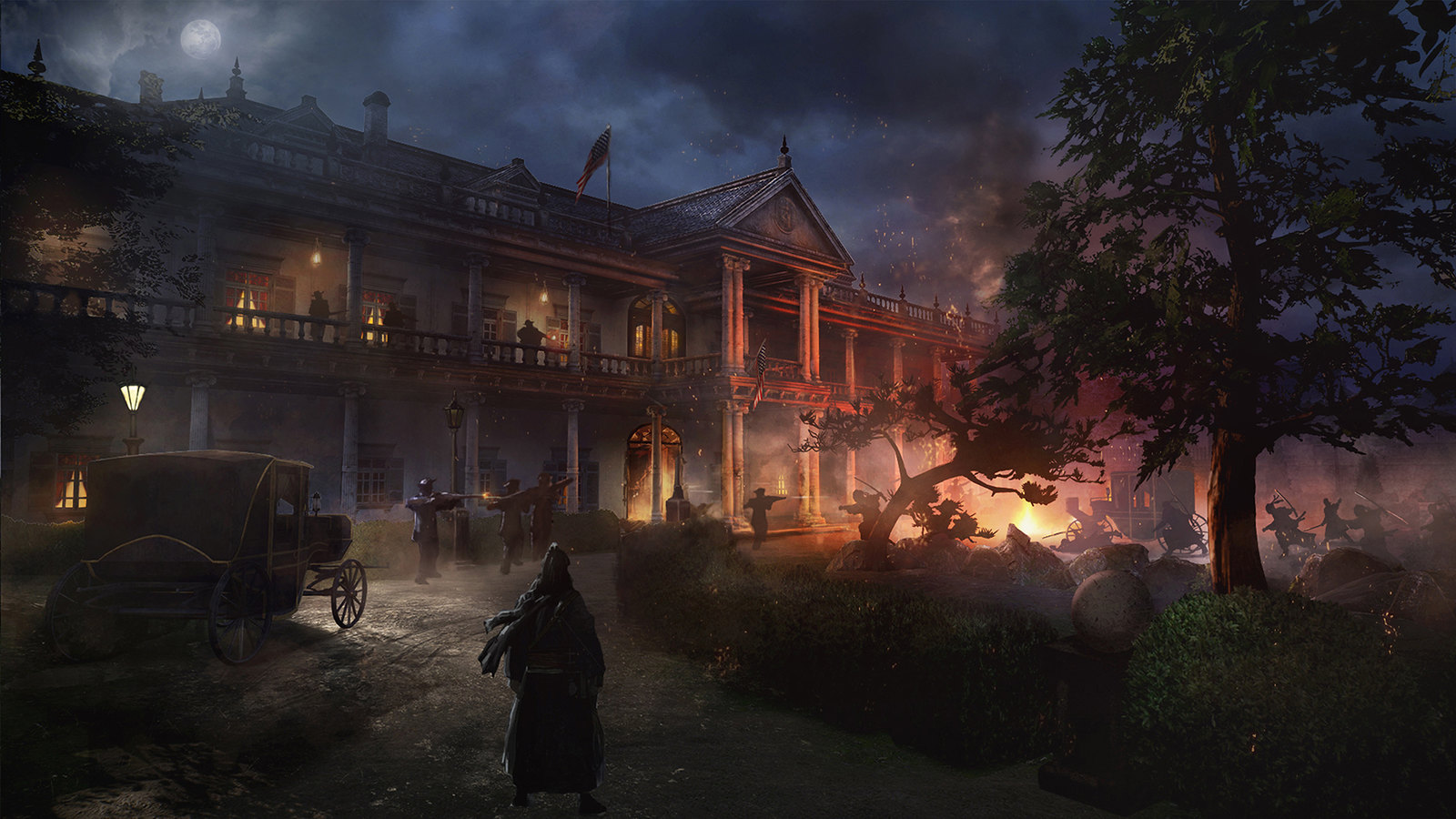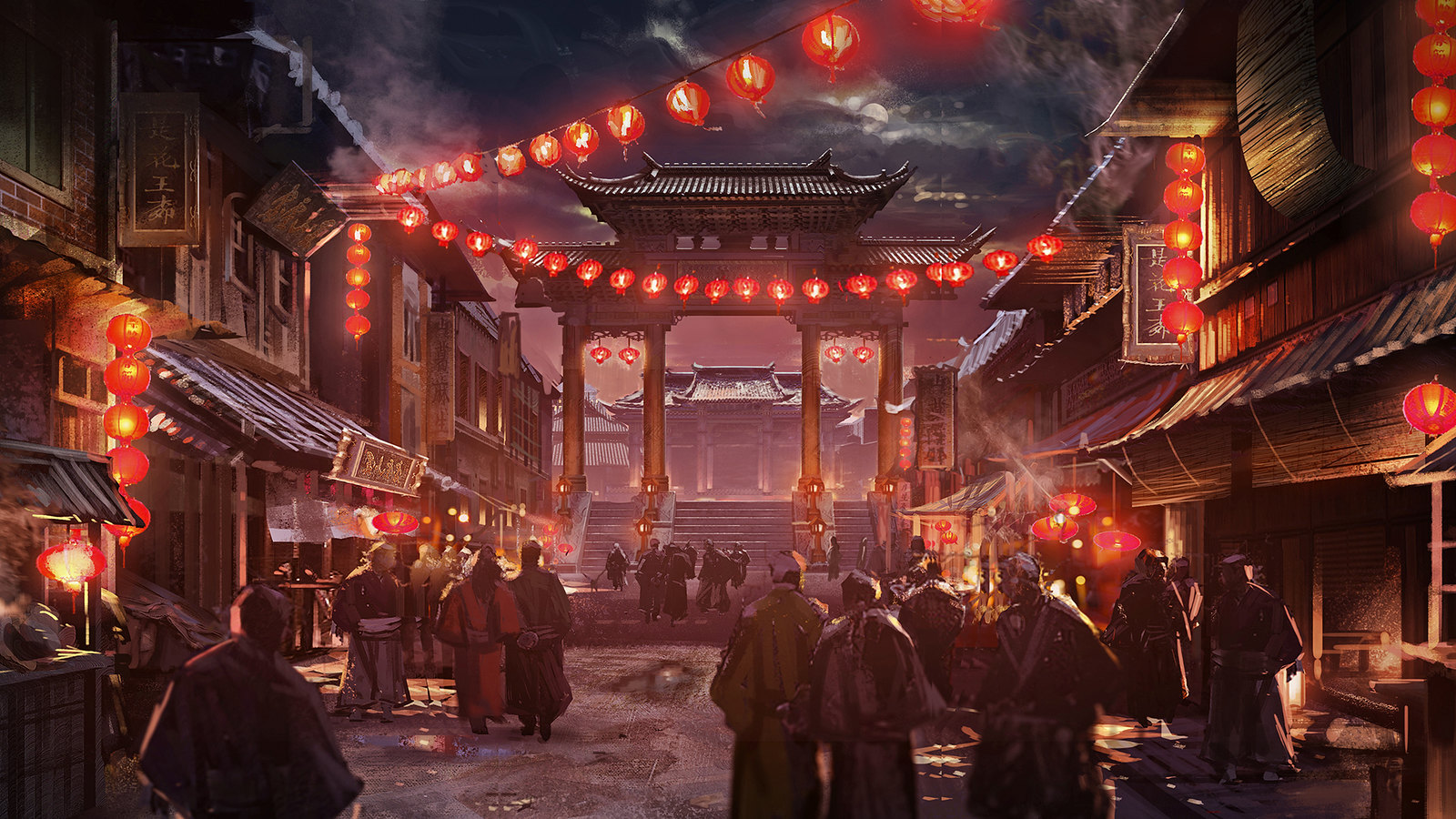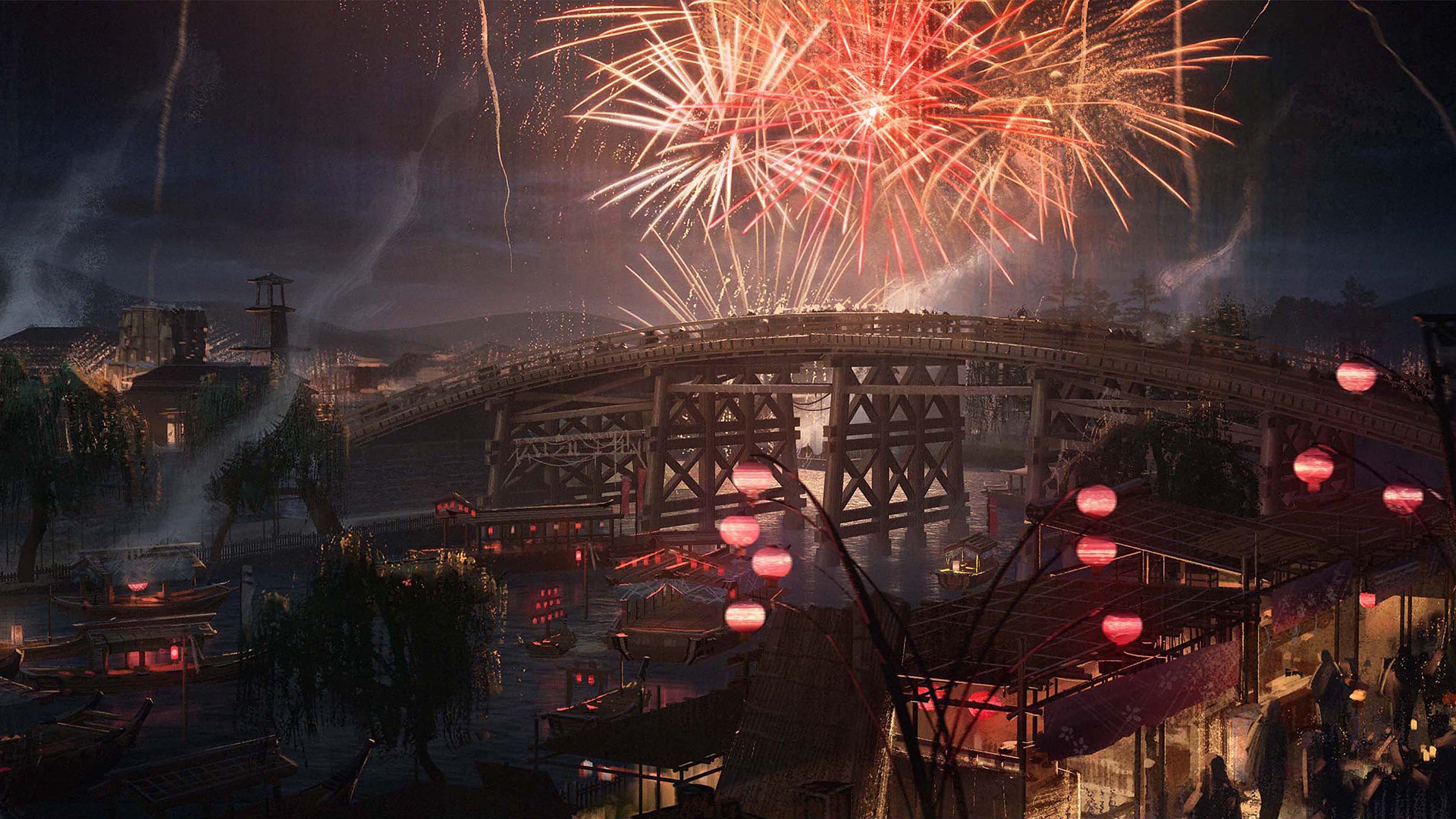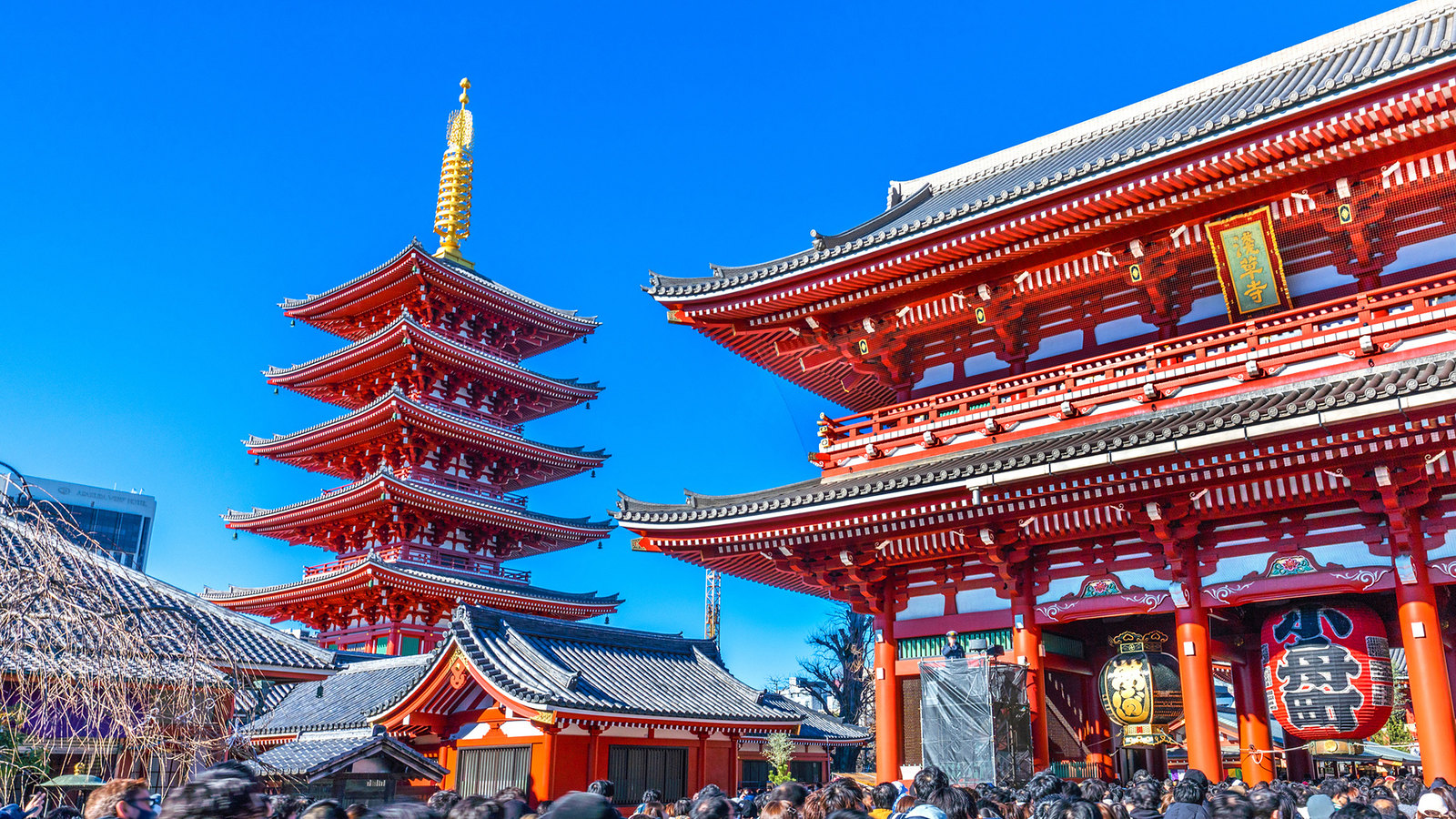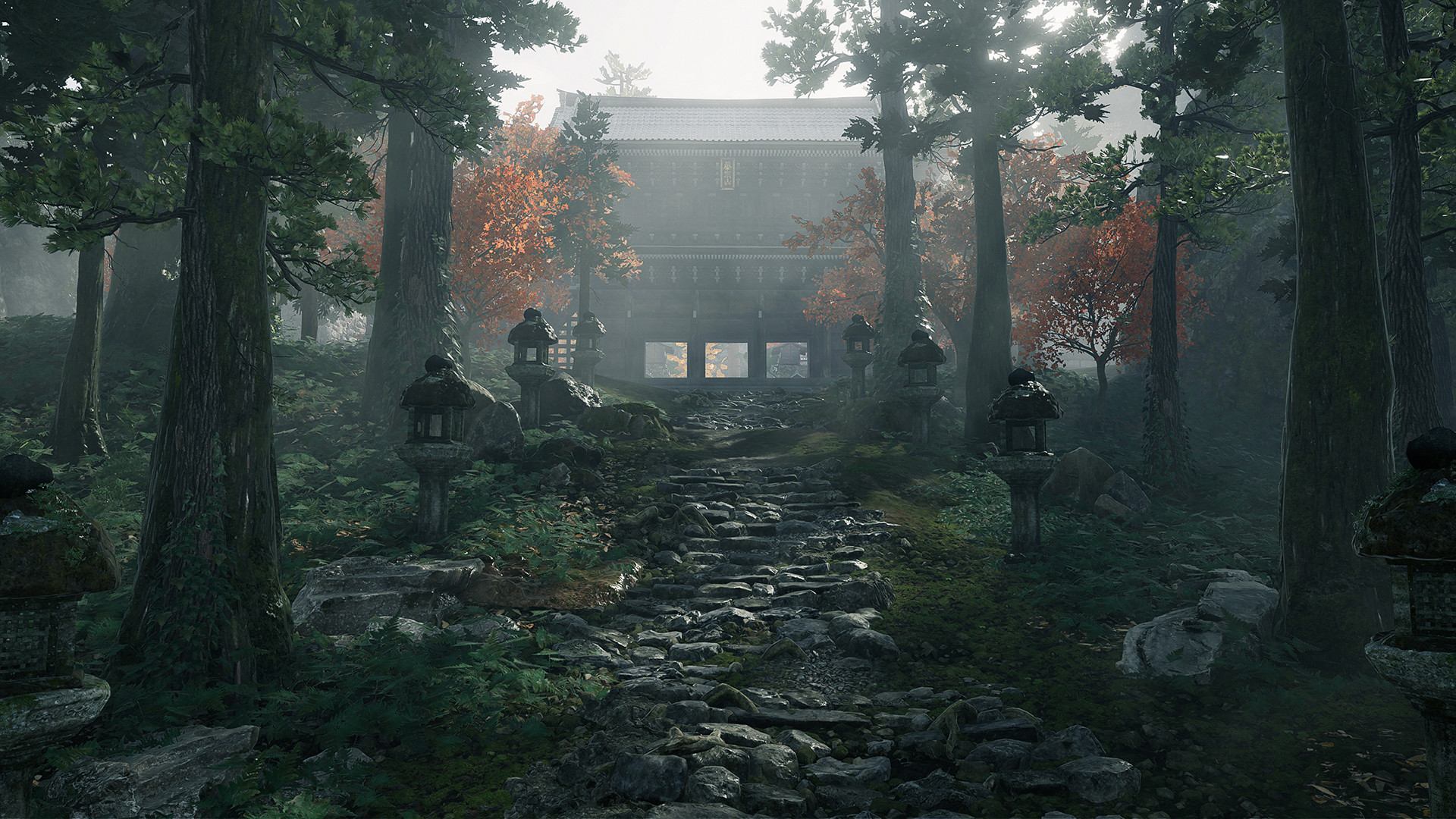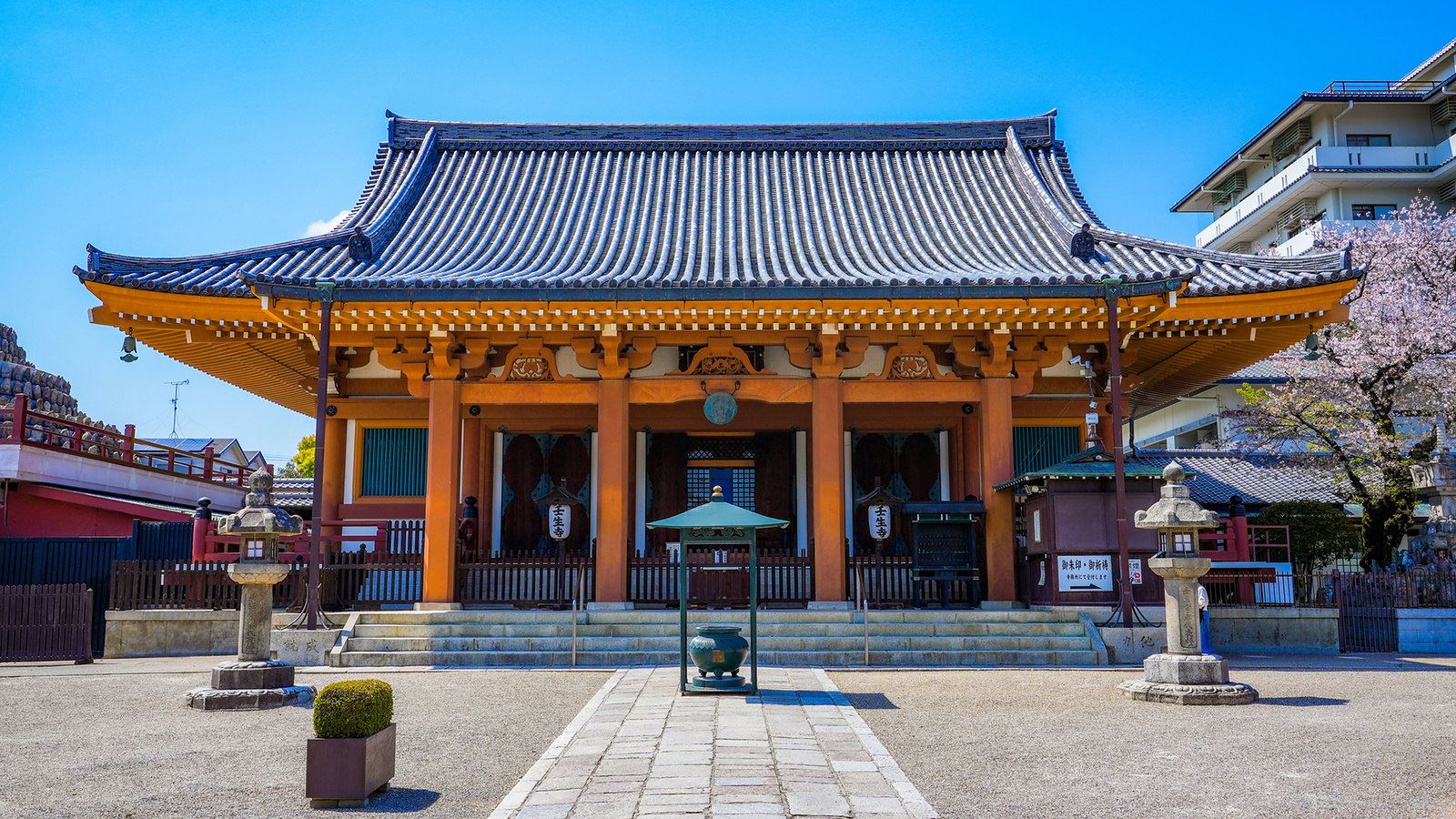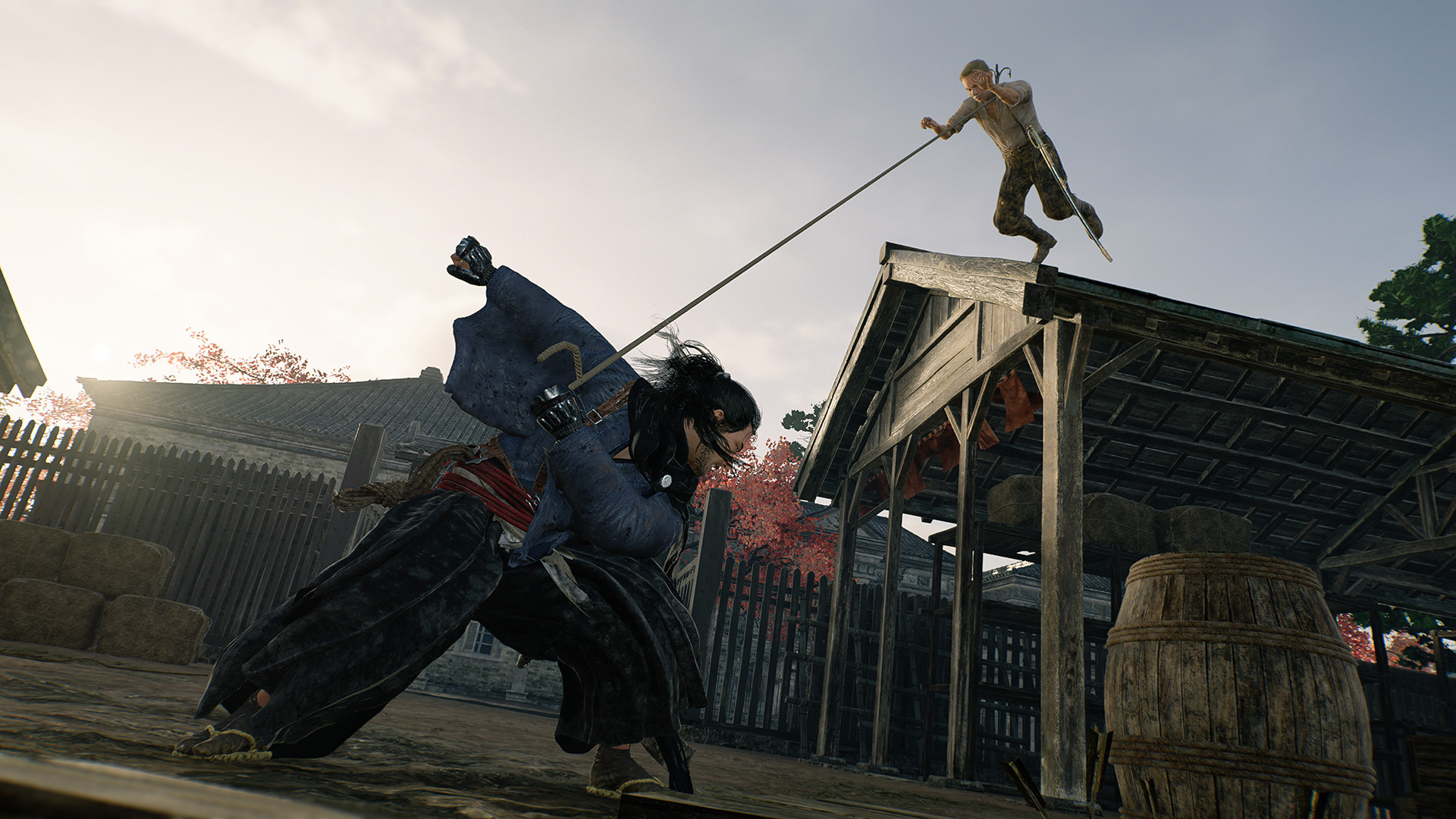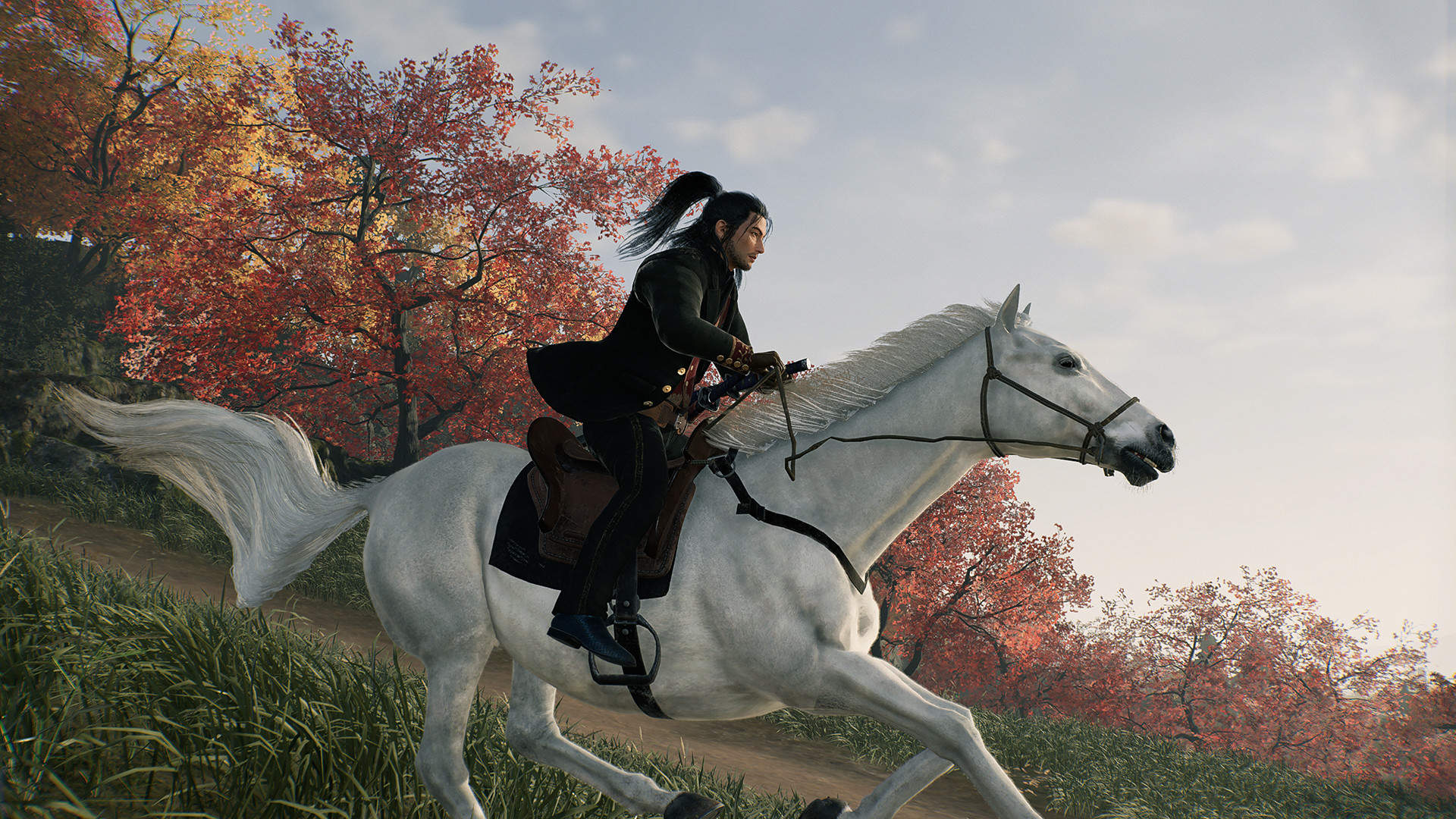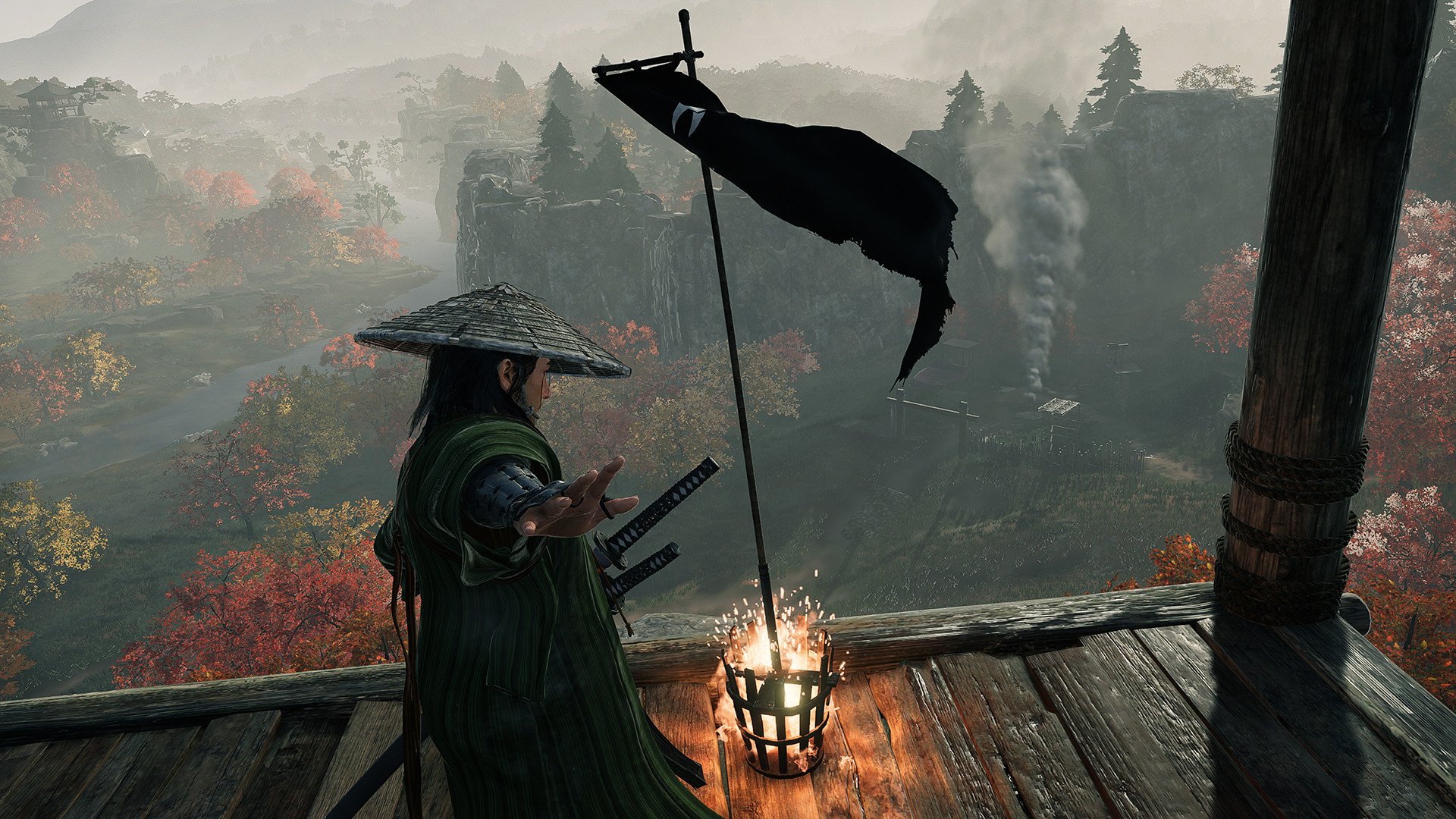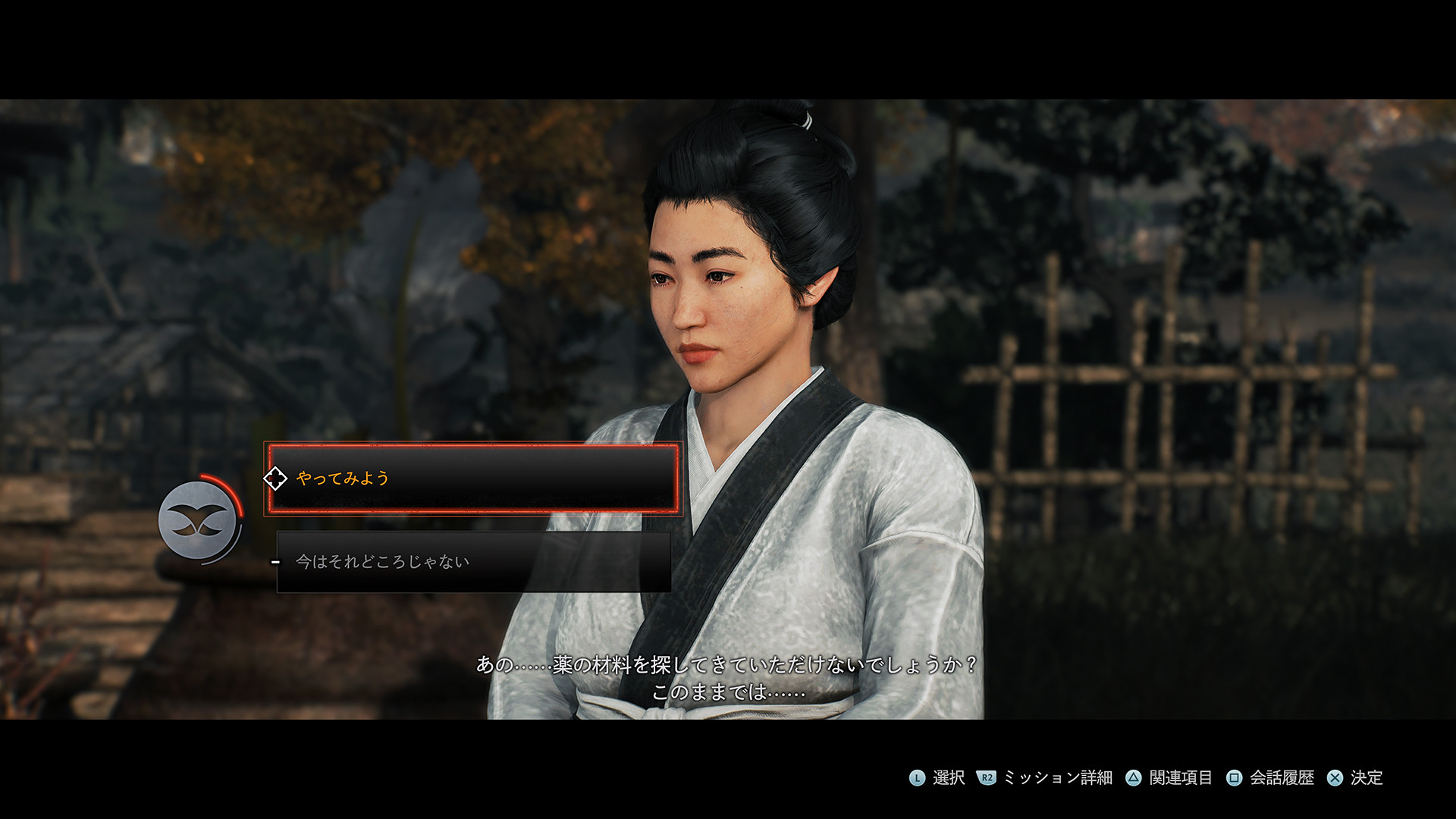Draugoth
Gold Member
Rise of the Ronin, Begind the scenes, episode 1Release date: February 8th, 8am PT
The resurrection of three major cities of the Edo Era in Team Ninja’s open-world
The story takes place in Bakumatsu, Japan, a period of great change triggered by the arrival of the Black Ships. In this era of mayhem, the story first unfolds in Yokohama, then in Edo (today’s Tokyo), and finally in Kyoto. These three major cities are each built as an open world where the non-homogeneous mixture of newly introduced Western culture and traditional Japanese beauty is dramatically depicted in detailed quality with new-generation graphics technology.
Yokohama
The first major city the anti-Shogunate protagonist visits is Yokohama. In the Kannai area of Yokohama, where the East meets the West, you’ll explore Yokohama’s landmarks, such as the U.S. Consulate, Chinatown, the Yokohama State Guest House, the lighthouse, and even brothels. As you travel the outskirts of Yokohama, you’ll find yourself in a series of inn-towns along the Tokaido Road, the most important route of the era in Japan, linking Kyoto, the imperial capital, with Edo, the seat of the Tokugawa Shogunate.
Kannai – Yamashita
An area overlooking the ocean in southeast Kannai, while Yamate designates the bluff and upper town, Yamashita designates the lower town. In accordance with provisions set out in the US-Japan trade treaty, it is the site of the Foreign Settlement, where soldiers from various nations are stationed. Yamashita Park, one of the popular tourist spots today, was built with reclaimed rubble from the Great Kanto Earthquake of 1923 and formally opened in 1930.
Photo of Yamashita today: Yamashita Park, now a tourist attraction, was created by reclaiming rubble from the Great Kanto Earthquake and opened in 1930.(*)
Kannai – Motomachi
An area in southeast Kannai that saw a significant population boom after the port of Yokohama opened to foreign trade. Visitors to the area’s Chinatown would find various trinkets for sale and unique architecture characteristic of Chinese culture, such as the grand Kanteibyo Temple, a colorful temple dedicated to the ancient Chinese hero, Guan Yu. The current Kanteibyo Temple is the fourth rebuild of the temple, after being devastated and destroyed several times by unforeseen events, like the Great Kanto Earthquake of 1923 and World War II, and remains to serve as the heart of Yokohama Chinatown.
Photo of Motomachi today: The Guan Ti Mausoleum, the symbol of Chinatown, was lost several times due to the Great Kanto Earthquake and World War II, and its modern form is the fourth generation.(*)
Edo
Edo is a megacity that serves as the base of the Edo Shogunate. The Kojimachi district is where the samurai residence surrounds and protects Edo Castle. You can also roam around the townsmen district of Asakusa to find Sensoji Temple and Azuma Bridge; the Nihonbashi district to check out its famous Nihonbashi Bridge and rows of merchant houses, and other cultural districts—like the Senzoku district—to feel the bustling energy of the Yoshihara brothels.
Asakusa
The heart of the city’s unique shitamachi culture, home to landmarks such as Azuma Bridge and Sensoji Temple, has often been the subject of celebrated woodblock paintings. The area’s bustling energy remains unchanged today, making it one of Japan’s most popular tourist attractions.
Photo of Asakusa today: Asakusa remains as bustling as ever and has become one of the most popular tourist attractions in Japan.(*)
Nihonbashi
The bridge to which it owes its name was built in 1603, marking the starting point of five major roads. For this reason, it drew large crowds, contributing greatly to the popular culture of Edo. It has been the subject of countless artworks, perhaps most notably The Fifty-Three Stations of the Tokaido, a series of woodblock prints created by Utagawa Hiroshige. The bridge, Nihonbashi, can be found today, still serving as the starting point of Japan’s road network.
Kyoto
For 1,000 years, Kyoto served as the political and cultural heart of Japan’s capital. The Gosho District is located in the north of Kyoto, where a rebellion against the Tokugawa shogunate called the Kinmon Incident erupted. To the west is the Horikawa district, where orderly structured streets stretch alongside Nijo Castle, and the Mibu district, where the Roshigumi’s headquarters, Mibudera Temple, is located. To the east is the Gion District, where teahouses and stores are housed, and the Higashiyama District, where Kiyomizu-dera Temple and other well-known sites take their presence. However, you’ll also notice that some areas of the imperial city have lost their former glory to the turmoil arising from the Bakumatsu and have become neglected and abandoned.
Gosho
A tract of land comprising the emperor’s palace and the manors of the most esteemed aristocratic families. Aside from personal living and sleeping apartments, the emperor’s palace also contained lavish gardens and buildings dedicated to religious rites and learning. Occasionally ravaged by fires and subsequently rebuilt by the twilight years of the shogunate, it had been in continuous use for over five hundred years. Most of the structures that remain in present-day were rebuilt in 1855, preserving the original form of the Imperial Palace today.
Mibu
An area located south of Nijo Castle and northwest of Nishi Honganji Temple. In the center stands Mibu Temple, which belongs to Buddhists of the Risshu sect. The name Mibu dates back hundreds of years, to when it was spelled with different characters, meaning wetlands. Mibudera Temple was used as a training ground for the Shinsengumi members. Today, a bronze statue of Commander Kondo Isami and a tower enshrining some of his hair stand within the temple precincts and a grave site for the regimental soldiers.
Photo of Mibu today: Mibu-dera was used as a training ground for the Shinsengumi troopers, and today there is a bust of Isami Kondo, the chief of the Shinsengumi, in addition to the graves of the troopers. (*)
Traverse as you please with a grappling rope, horse, or glider
Apart from running through cities and their surroundings and swimming through rivers and oceans, you can explore the vast open world of Bakumatsu Japan by utilizing grappling rope to move vertically or by horse and glider for a thrilling traversal.
Grappling rope
You can quickly ascend and traverse when you throw the grappling rope at a latching point. It allows you to move to higher ground and can also be used in combat to grab foes during battle scenes.
Horses
You can call a horse when you blow into the Horse Calling Whistle. You’ll travel much faster and more efficiently to your faraway destination than running. As the game progresses, you’ll gain access to additional riding equipment and a more comprehensive range of higher-performance horses.
Gliders
After acquiring the glider, you can deploy it as you fall from a high point to glide through the air. You can fly a long distance by keeping it at a certain angle. The glider also comes in handy when infiltrating an enemy’s territory from a high altitude without getting noticed.
The glider’s design was based on Ikkansai Kunitomo’s blueprint of Abikiru. Kunitomo is an inventor and gunsmith of the late Edo period best known for having built Japan’s first reflecting telescope. His invention of Abikiru is also believed to be the oldest airplane blueprint in Japan.
Fast Travel between Hidden Sword Banners
Fast travel points, or Hidden Sword Banners, are scattered worldwide, allowing you to instantly travel from one Hidden Sword Banner to another unlocked banner. Not only will banners allow you to replenish consumable items by contact, but you can also update your party members and equipment during a mission. It also serves as a gateway for other players to jump in for online multiplayer.
Encounters and discoveries that await the Ronin on his journey
As you traverse the vast world, you will meet locals to take on different events and collect loot from challenging activities.
Somo Missions with locals
Somo describes those who are not samurai, including those who have abandoned their social status as samurai and become wealthy farmers, wealthy merchants, and local merchants. During Somo missions, you will be given special tasks by those locals if you have specific items in possession or foster a certain level of relationship with them.
Preordained Fate
During play, you’ll encounter random in-game events called Preordained Fate. Depending on where or when it occurs in the game, you may not experience the same event twice.
Public safety
Defeating rogues improves the security of the bad areas. As you improve public safety, you will establish extended connections within the locale and its people.
Activities
As you go deeper into the story, you’ll unlock various activities in different locations and have a chance to collect rewards according to how well you perform in these activities. In training, you can visit dojos in various regions and battle with characters that you’ve encountered previously. Other activities include Yabusame (horseback archery), Artillery Training, and Cat Collecting, in which you will have to find cats hiding in unexpected places.
Obstacle courses
In each area, some places cannot be reached by the standard method of traverse. You’ll need to skillfully use your grappling rope or gliding device to reach the finish line, where you’ll find a special reward for the activity, like a treasure chest, a shrine, or a cat.
Last edited:


